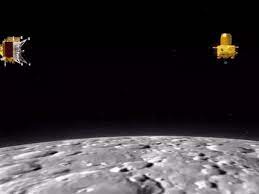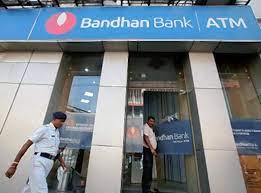
Chandrayaan-3 Mission Overview and Soft Landing on the Moon: Chandrayaan-3, India’s lunar exploration mission, is set to achieve a critical milestone – a soft landing on the moon’s surface. This accomplishment would make India the only country to have accomplished this feat. Let’s look at the relevance of a gentle landing, the difficulties of landing on the moon’s south pole, and the complexities of the Chandrayaan-3 landing.
Daily Current Affairs Quiz: August 2023
What is a Soft Landing and Why South Pole?
- A soft landing involves controlled descent at a gentle speed to prevent spacecraft damage upon landing.
- The mission of Chandrayaan-3 is to show safe and gentle landings, rover mobility, and scientific experiments.
- Landing at the moon’s south pole is a remarkable challenge, as it showcases a spacecraft’s technical prowess.
- Previous landings occurred near the equator for better terrain, temperature, sunlight, and energy supply.
Chandrayaan-2’s Setback and Changes in Chandrayaan-3:
- During its 2019 landing attempt, Chandrayaan-2 encountered software and hardware difficulties.
- Chandrayaan-3 adopts a failure-based design approach to address the shortcomings.
- Improvements include stronger landing legs, a larger landing area, more fuel capacity, and improved solar panels.
Technical Details of Chandrayaan-3’s Landing:
Rough Braking Phase:
- Reduce horizontal velocity from 1.68 km/sec at 30 km altitude to nearly zero for soft landing.
Attitude Hold Phase:
- The lander tilts from horizontal to vertical at 7.42 km altitude, covering 3.48 km.
Fine Braking Phase:
- Lasts around 175 seconds, moving lander fully into a vertical position.
- Descends to an altitude of 800-1,000 m at a nominal speed of 0 m/sec.
- This phase is crucial due to Chandrayaan-2’s past loss of control during this stage.
Terminal Descent:
- Final stage, where the lander descends vertically onto the moon’s surface.
After Successful Landing:
Payloads aboard Vikram lander and rover Pragyan remain consistent. Lander’s payloads study lunar quakes, thermal properties, plasma changes, and distance measurement. Rover payloads examine the chemical and mineral composition of the lunar surface, which includes components like as magnesium, aluminium, and iron.





